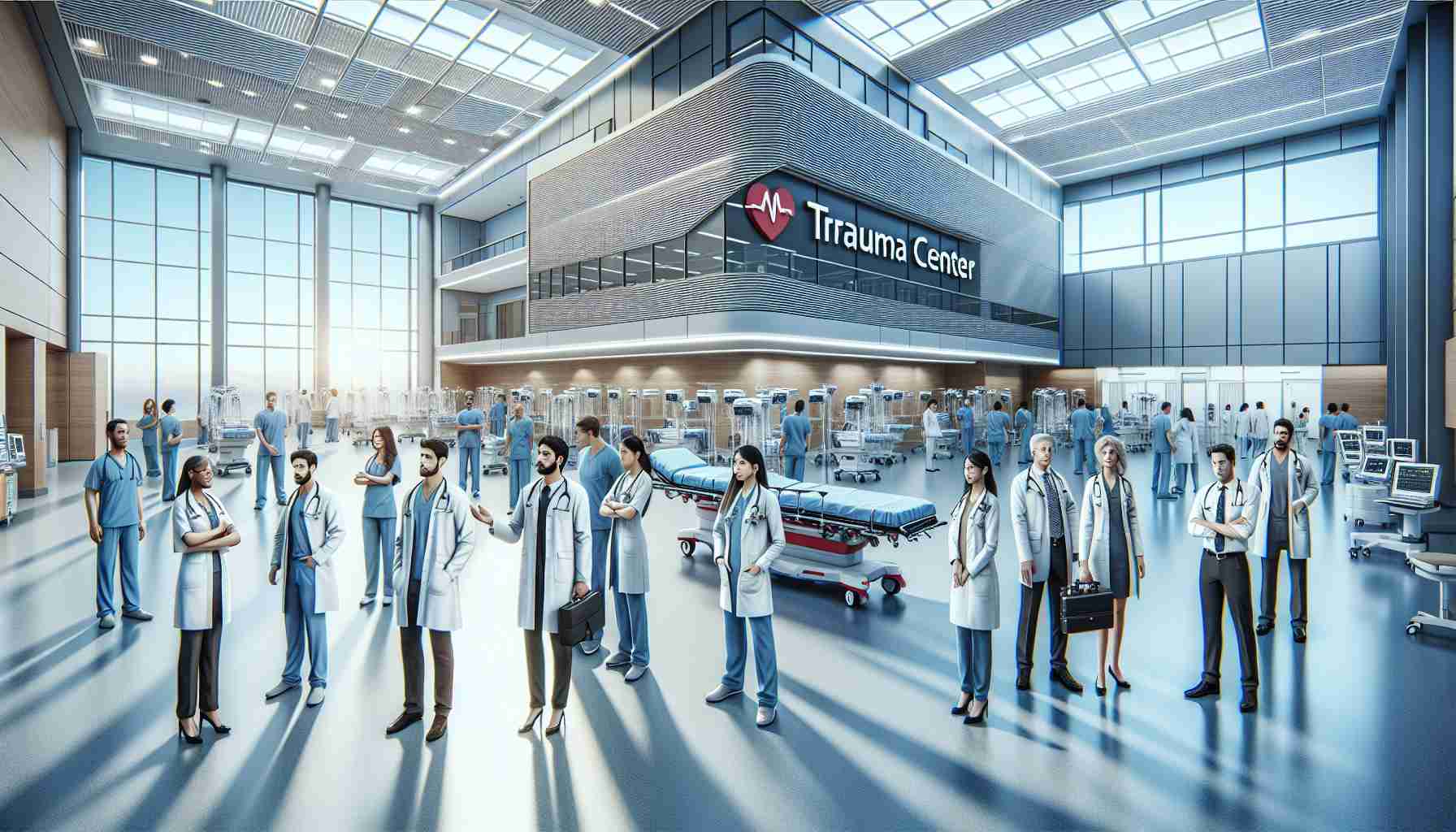Alameda County has made significant strides in healthcare access with the unveiling of a state-of-the-art trauma center, enhancing emergency medical services in the region. This innovative facility marks a notable advancement in patient care, making it the first of its kind in the southern part of the county.
Officials celebrated its launch as a vital resource for residents, aiming to provide immediate and specialized care for critical injuries. The center is equipped with cutting-edge technology and staffed by highly trained professionals, ensuring that patients receive essential treatment promptly.
Community leaders expressed their enthusiasm for the new center, emphasizing its importance in reducing response times for trauma cases. With the growing population in southern Alameda County, the need for such a facility has become increasingly clear, and its establishment is expected to save lives by delivering timely intervention.
The center’s opening comes at a crucial time as demand for emergency services continues to rise. It aims to not only respond to accidents and medical emergencies but also to integrate with local health systems to enhance overall care coordination.
As the newest addition to the healthcare landscape, this trauma center is poised to become a cornerstone of emergency medical services, reflecting a commitment to improving health outcomes for the community.
Maximizing Your Healthcare Experience in Alameda County
With the introduction of the new trauma center in southern Alameda County, residents now have access to advanced medical care. However, navigating the healthcare system can still be complex. Here are some tips, life hacks, and interesting facts to help you make the most of your healthcare experience.
1. Understand Your Insurance Coverage: Before heading to the trauma center or any healthcare facility, familiarize yourself with your health insurance plan. Knowing what services are covered and any out-of-pocket expenses can save you time and money.
2. Keep Your Medical Records Organized: Maintain a well-organized file of your medical history, including diagnoses, medications, allergies, and past procedures. This can facilitate better communication with healthcare providers and ensure you receive appropriate care.
3. Utilize Immediate Care Facilities: For non-life-threatening emergencies, consider visiting urgent care centers instead of the trauma center. They can significantly reduce wait times for conditions that require prompt attention but aren’t critical.
4. Take Advantage of Community Health Resources: Alameda County offers various health services, including preventative care and wellness programs. Check out resources like Alameda County Health Care Services for more information.
5. Advocate for Yourself: Don’t hesitate to ask questions about your treatment plan, rights, and options. Understanding your condition and treatment options can empower you to make informed decisions about your health.
6. Know When to Call 911: In any life-threatening situation, time is of the essence. Familiarize yourself with the signs of serious conditions (like heart attacks or strokes) and don’t hesitate to call emergency services when needed.
Interesting Fact: Did you know that Alameda County’s new trauma center not only provides specialized treatment for injuries but also integrates with local health information technology systems? This connectivity helps ensure continuity of care for patients transitioning from emergency services to follow-up treatments.
7. Stay Informed on Health Education: Many local organizations provide workshops and classes on various health topics, from chronic disease management to healthy living. Enhancing your knowledge can improve your ability to manage your health effectively.
8. Participate in Community Health Initiatives: Engaging with community health initiatives can provide you with resources and support. These programs often focus on disease prevention, education, and improving overall community health.
9. Emergency Preparedness: Familiarize yourself with the location of the new trauma center and other nearby medical facilities. In an emergency, knowing where to go can save precious time.
10. Monitor Emergency Service Requests: Understanding the volume of emergency calls can give you insight into the system’s capacity. Being aware of peak times may help you make better choices regarding when to seek care.
As healthcare access improves, it’s essential to utilize these tips to navigate the system effectively. Being proactive about your health ensures that you are prepared for any medical situation, and it promotes a healthier community overall. For more information on healthcare services in your area, visit Alameda County’s main website.
